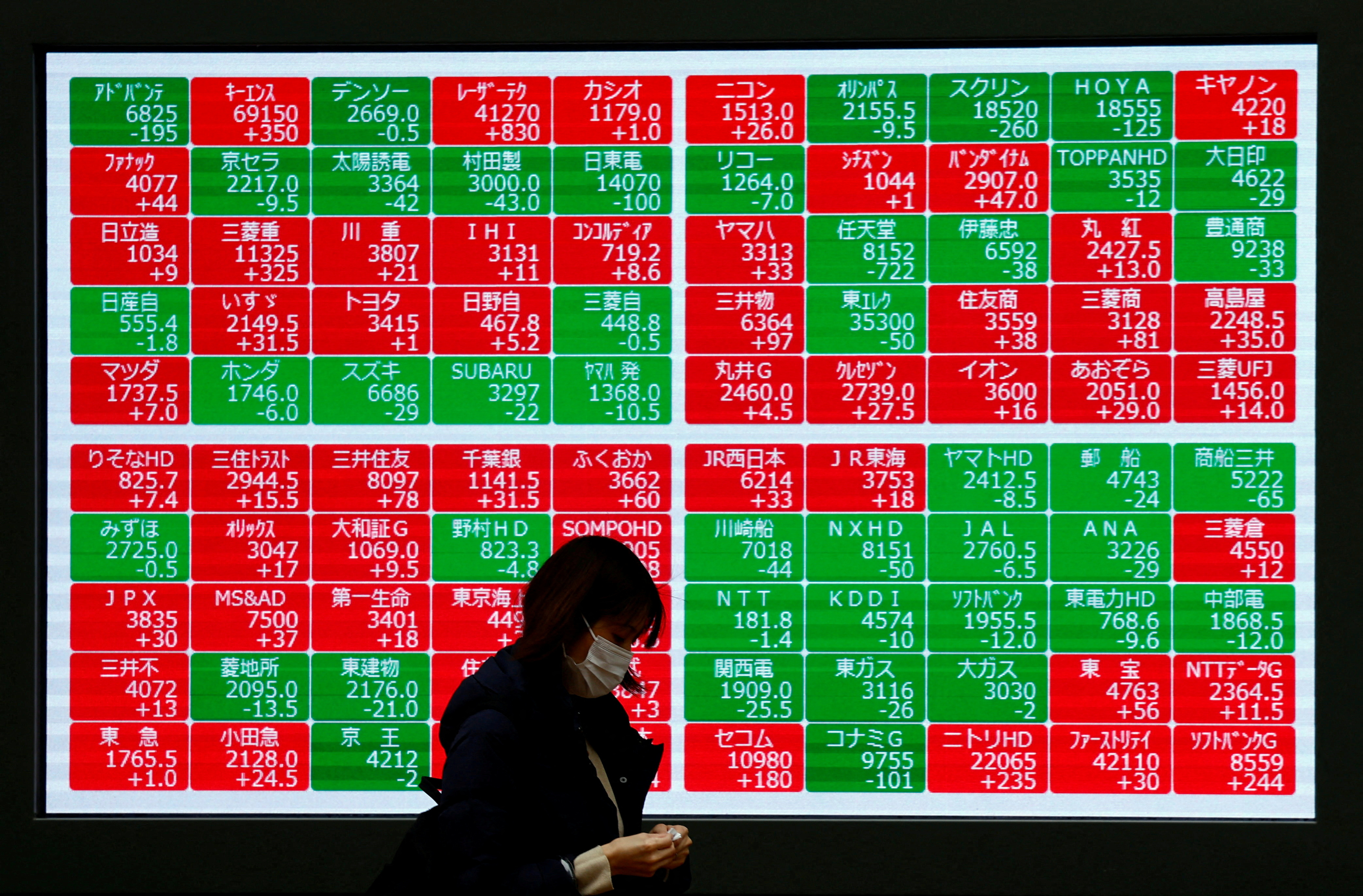Report on Western Feminism, Iranian Women’s Rights, and the Geopolitical Context
Introduction
This report examines the recent discourse surrounding Iranian women’s rights amid geopolitical tensions involving Israel, the United States, and Iran. It highlights the role of Western feminism in shaping narratives that intersect with imperial interests and the Sustainable Development Goals (SDGs), particularly those related to gender equality and peace.
Context of the Current Situation
- Recent illegal airstrikes by Israel and the United States on Iran have resulted in hundreds of civilian casualties, escalating global tensions.
- Western feminist voices have re-emerged, expressing concern over Iranian women’s rights, often coinciding with these military actions.
- Media and political debates have been saturated with misinformation about the status of women in Iran, sometimes conflating Iran with other countries such as Afghanistan.
Western Feminism and Its Contradictions
- Prominent Western figures have labeled Iran as oppressive towards women, yet often overlook similar or worse violations in other regions, including Palestine.
- Social media imagery frequently contrasts traditional Islamic dress with Western-style clothing, reinforcing a binary that equates Western cultural norms with freedom.
- This binary supports narratives that justify military intervention as a means to “liberate” women, despite the resulting destruction and loss of life.
Impact on Sustainable Development Goals (SDGs)
SDG 5: Gender Equality
- The discourse around Iranian women’s rights highlights ongoing challenges in achieving gender equality, including combating discrimination and violence against women.
- However, the use of women’s rights as a pretext for military action undermines genuine progress toward SDG 5 by perpetuating conflict and instability.
SDG 16: Peace, Justice, and Strong Institutions
- Military interventions violate international law and exacerbate violence, hindering efforts to build peaceful and inclusive societies.
- Propaganda that uses women’s rights to justify war undermines trust in institutions and obstructs the pursuit of justice and peace.
SDG 10: Reduced Inequalities
- The oversimplification and stereotyping of Iranian women’s experiences contribute to cultural misunderstandings and reinforce global inequalities.
- True empowerment requires respecting diverse cultural contexts and supporting local agency rather than imposing external narratives.
Historical Parallels and Continuing Challenges
- The use of women’s rights as a justification for military actions is reminiscent of the War on Terror, where similar rhetoric was employed to legitimize invasions.
- Such approaches have historically failed to deliver sustainable improvements in women’s lives and have often resulted in further destabilization.
- Current geopolitical strategies continue to treat Muslim women’s bodies as political battlegrounds rather than recognizing their autonomy and rights.
Conclusion and Recommendations
- It is essential to separate genuine advocacy for women’s rights from imperialist agendas that exploit these issues for political gain.
- Efforts to achieve the SDGs, particularly gender equality and peace, must prioritize local voices and contexts, avoiding narratives that justify violence.
- International actors should focus on diplomatic solutions that respect sovereignty and human rights, fostering environments where women can thrive without conflict.
Author Information
Nadeine Asbali is a freelance writer and secondary school teacher based in London, author of Veiled Threat: On Being Visibly Muslim in Britain.
Contact: editorial-english@newarab.com
1. Sustainable Development Goals (SDGs) Addressed or Connected
- SDG 5: Gender Equality
- The article discusses women’s rights, oppression, and feminist movements, focusing on Iranian and Muslim women.
- Issues such as women’s education, freedom, and bodily autonomy are central themes.
- SDG 16: Peace, Justice and Strong Institutions
- The article highlights war, illegal airstrikes, imperialism, and violations of international law.
- It addresses the impact of conflict on civilians, especially women and children.
- SDG 10: Reduced Inequalities
- The article critiques racial and cultural biases in feminist discourse and geopolitical actions.
- It emphasizes inequalities faced by Muslim and brown women in global narratives and policies.
- SDG 3: Good Health and Well-being
- References to the obliteration of medical systems and the health crises faced by women and children in conflict zones.
2. Specific Targets Under Those SDGs Identified
- SDG 5: Gender Equality
- Target 5.1: End all forms of discrimination against all women and girls everywhere.
- Target 5.2: Eliminate all forms of violence against women and girls in public and private spheres.
- Target 5.5: Ensure women’s full and effective participation and equal opportunities for leadership.
- SDG 16: Peace, Justice and Strong Institutions
- Target 16.1: Significantly reduce all forms of violence and related death rates everywhere.
- Target 16.3: Promote the rule of law at national and international levels and ensure equal access to justice for all.
- Target 16.10: Ensure public access to information and protect fundamental freedoms.
- SDG 10: Reduced Inequalities
- Target 10.3: Ensure equal opportunity and reduce inequalities of outcome, including by eliminating discriminatory laws and practices.
- SDG 3: Good Health and Well-being
- Target 3.8: Achieve universal health coverage, including access to quality essential health-care services.
- Target 3.7: Ensure universal access to sexual and reproductive health-care services.
3. Indicators Mentioned or Implied to Measure Progress
- Indicators for SDG 5 (Gender Equality)
- Proportion of women and girls aged 15 years and older subjected to physical, sexual or psychological violence (Target 5.2).
- Percentage of women in leadership positions and decision-making roles (Target 5.5).
- Enrollment rates of women in higher education (implied by mention of 60% of Iran’s university students being women).
- Indicators for SDG 16 (Peace, Justice and Strong Institutions)
- Number of victims of intentional homicide per 100,000 population, by sex and age (Target 16.1).
- Number of countries with independent national human rights institutions in compliance with the Paris Principles (Target 16.10).
- Incidence of conflict-related deaths and civilian casualties (implied by discussion of airstrikes and war impacts).
- Indicators for SDG 10 (Reduced Inequalities)
- Proportion of people living below 50% of median income, by sex, age and persons with disabilities (Target 10.3).
- Existence of laws, policies and regulations that promote equality and prohibit discrimination (implied by critique of discriminatory narratives and policies).
- Indicators for SDG 3 (Good Health and Well-being)
- Coverage of essential health services (Target 3.8).
- Maternal mortality ratio and access to reproductive health services (Target 3.7).
- Access to healthcare in conflict zones (implied by mention of Gaza’s medical system obliteration).
4. Table of SDGs, Targets and Indicators
| SDGs | Targets | Indicators |
|---|---|---|
| SDG 5: Gender Equality |
|
|
| SDG 16: Peace, Justice and Strong Institutions |
|
|
| SDG 10: Reduced Inequalities |
|
|
| SDG 3: Good Health and Well-being |
|
|
Source: newarab.com







